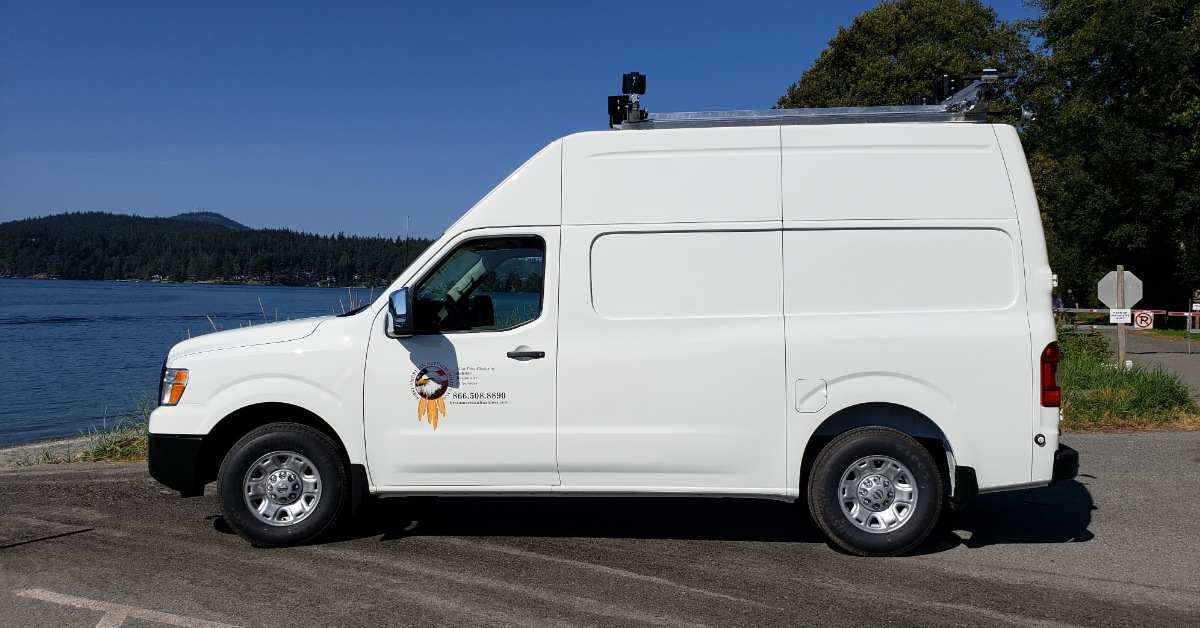President’s Piece

Spring 2021!
It is amazing how quickly things change, and it is truer this year more than ever! Twelve months ago, everything was uncertain – businesses were laying off employees, restaurants were closed and those employees that could, were sent home to work.
Now, with the vaccines having been rolled out to over 60% of the adults in the U.S. we are seeing a dramatic turnaround in activity and the business outlook.
Telecom services was one industry that held its own and actually expanded a little during the pandemic. Before 2020 about 8% of all knowledge workers worked from home. That shot up to over 30% this past year which drove growth in our telecommunications space. We saw increased need for higher bandwidth, video conferencing and unified communication platforms such as Zoom and Teams.
At First American Businesses, our work-at-home policy has been in place since we opened 11 years ago. Our suite of collaboration tools makes communicating internally and with clients relatively easy.
We are looking forward to a full return to normal over the next few months. We expect air travel and most businesses to open their offices mid to late summer.
We will see what the next few months brings but we are excited about the prospects, and we are proud to have kept our entire staff this year – in fact – our business has continued to grow, and we have added new employees!
New Customers
Over the past five months the number of quotes and contract wins has really picked up. Within First American Business Solutions – our government led team – we have quoted 8 bids totaling over $20 million responding to RFPs released by multiple DOD facilities.
Our Enterprise division has been just as active with quotes and wins through our valued partners. Some recent contract wins already this year include projects to upgrade Avaya CMs to current release (several with IX Messaging) ; installing and implementing firmware and patches on severs and media gateways at multiple sites: large scale site survey work, training and an agreement to provide full time Staff Augmentation.
These are just a few examples. The First American Business team has been working overtime to on board these new customers!
Staff Expansion
We have hired one new member to support a staff augmentation assignment at an existing client site in NYC. Our Navy West project and team in the Pacific Northwest continue to deliver well on that key project.
Our Lab
The Lab is up and running and fully functional. The Lab is 2,200 square feet which provides us ample space to test and stage equipment.
In early June we are hosting our first customer visit to the lab for testing and training.
In Closing
We are proud to have sponsored the National Fallen Firefighters Foundation Golf Tournament hosted in Rochester NY. This is an important annual Firefighters fundraiser in which we have sponsored and participated over the last 4 years.
Finally, thanks to you, and our employees –are off to a great start in 2021. We are optimistic the business climate will be back to normal in a few short months and that we can get out and see our customers face to face again!
Sincerely,
Mark
Owner, Managing Partner
mark.morningstar@firstamericanbusiness.com









